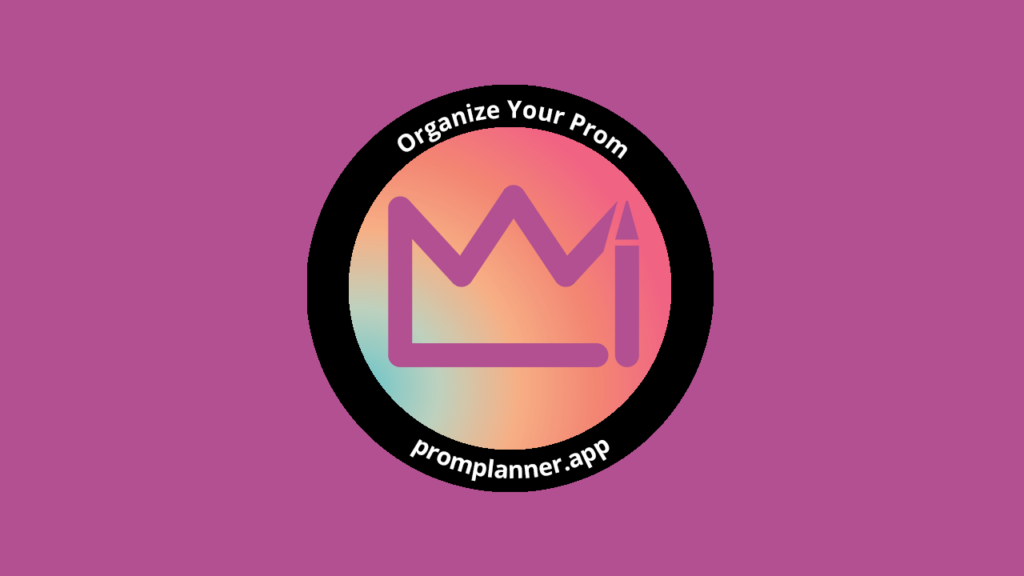Almost all the DJs I know out there – and that’s quite a lot, of course – use WordPress for their website foundation. I’d say that it’s 97-percent of you.
This is quite normal, of course, as WordPress powers approximately 40-percent of the world’s websites, and perhaps up to 60-percent, if you count only small- and medium-sized businesses. As such, it’s important for all of you to stay abreast of major developments in the WordPress world, if only so that you’re in sync with whoever handles your website.
The issue that I’m going over with you this month (along with the crew at DJX) is rather important, especially to those of you about to renew their website in the next six to 2 months. You see, WordPress has had two fundamental changes since 2018 that have changed the game with respect to website development, which has led to the eternal question of…
WordPress Themes: Classic Vs. Blocks
What are we talking about here? Simply put, you need to be aware of two major changes within WordPress.
- Phase 1: In December 2018, WordPress 5.0 was released, and it contained a brand-new development framework called Gutenberg, which is a blocks-based system.
- Phase 2: In July 2021, WordPress 5.8 introduced the Full Site Editor (FSE), which introduced a new IDE for WordPress developers and designers to create WP websites.
FSE has really changed the game for WordPress site creation, making things much faster for the development process as well as providing much faster site load speeds right out of the box. The important consideration here is that to use FSE and to maximize Gutenberg’s capabilities, your theme must be block-based. Over the last two years, this has led to two distinct classes of themes.
- Classic Themes: The ones we’ve all been using for the last 20 years; these are the ones that cause all the problems out there, with everything from outdated design to bad code resulting in inefficient websites… and hurting your business.
- Block-Based Themes: This new class of themes are the ones that best-in-class developers are currently using to push new websites out. Block-based themes feature great code, modern design, and a block repository that speeds development time up considerably.
Some block-based themes are in the appendix below.
If you’re curious as to why block-based themes are far superior to the old classic themes, here are four main reasons as to why that is:
- PHP vs. HTML: Classic themes use a lot of PHP, whereas block themes encode in HTML alongside a bit of block markup. Rule of thumb… PHP slows things down, making block themes a better choice.
- Editing Capabilities: Block themes use blocks for everything, including elements such as headers, footers, etc., reducing the need for plug-ins to accomplish certain tasks (i.e., mega menu). Less plug-ins, better website performance.
- Storage Location: Classic themes tend to store files in your root website directory, whereas block-based themes can store files anywhere in your directory tree. This keeps files and objects closer to where they need to be, for better website performance.
- Website Load Speeds: Classic themes can load quickly, but the optimization task requires you to spruce up the entire site before any of the pages will load fast. Block-based themes require less effort to obtain greasy-fast site-load speeds.
Here’s a brief summary in table format for you:

For those of you needing a new website (either for new companies or a replacement of your old, busted site), your best choice by far is a block-based theme. Make sure your web developer knows this, and follows your instructions.
Appendix – 12 vetted block-style themes:

Jordan St. Jacques is the President/Lead Digital Marketer at Digitera.Interactive in Ottawa, Ont., Canada. He’s also part of the Author Collective from National Disc Jockeys.


